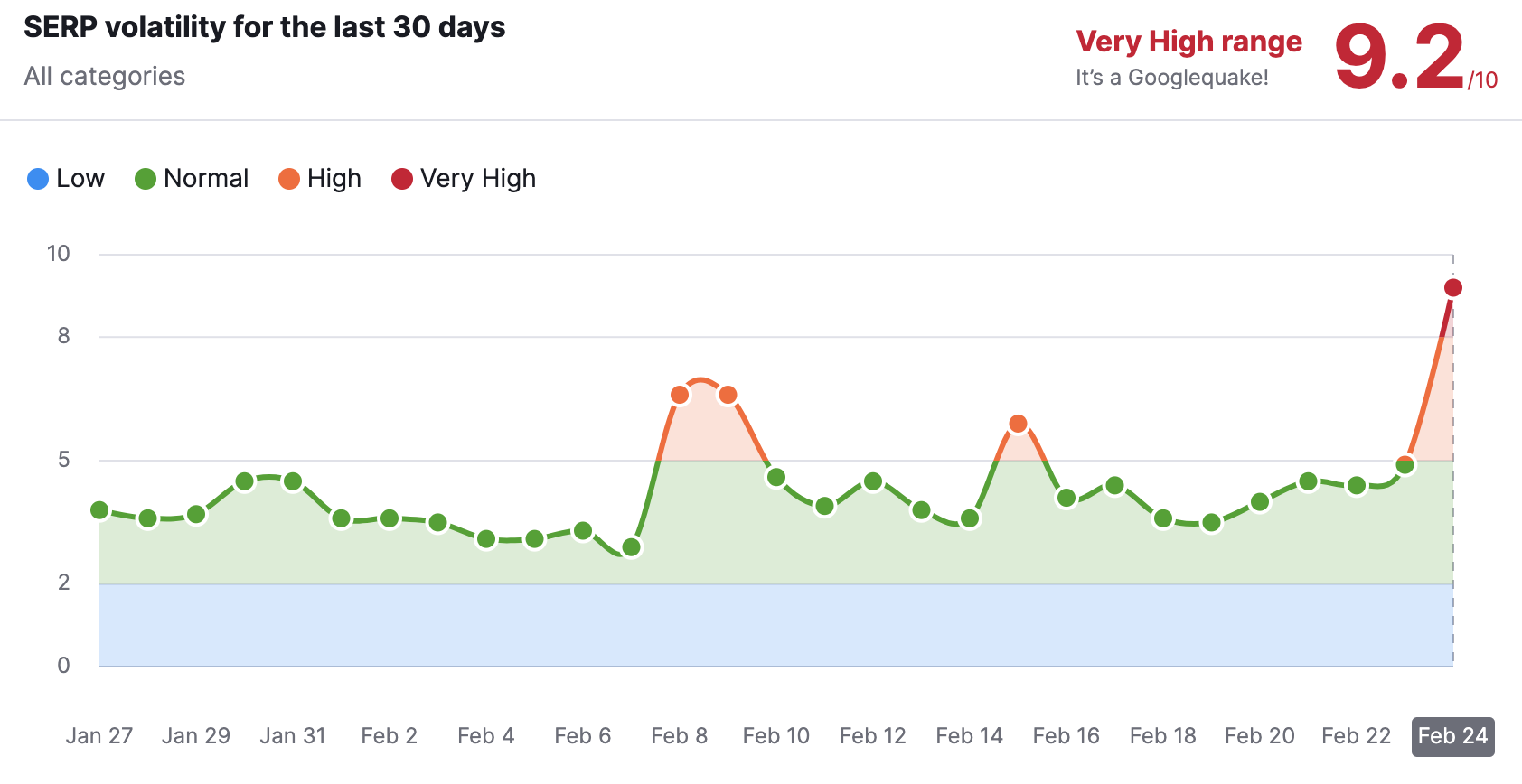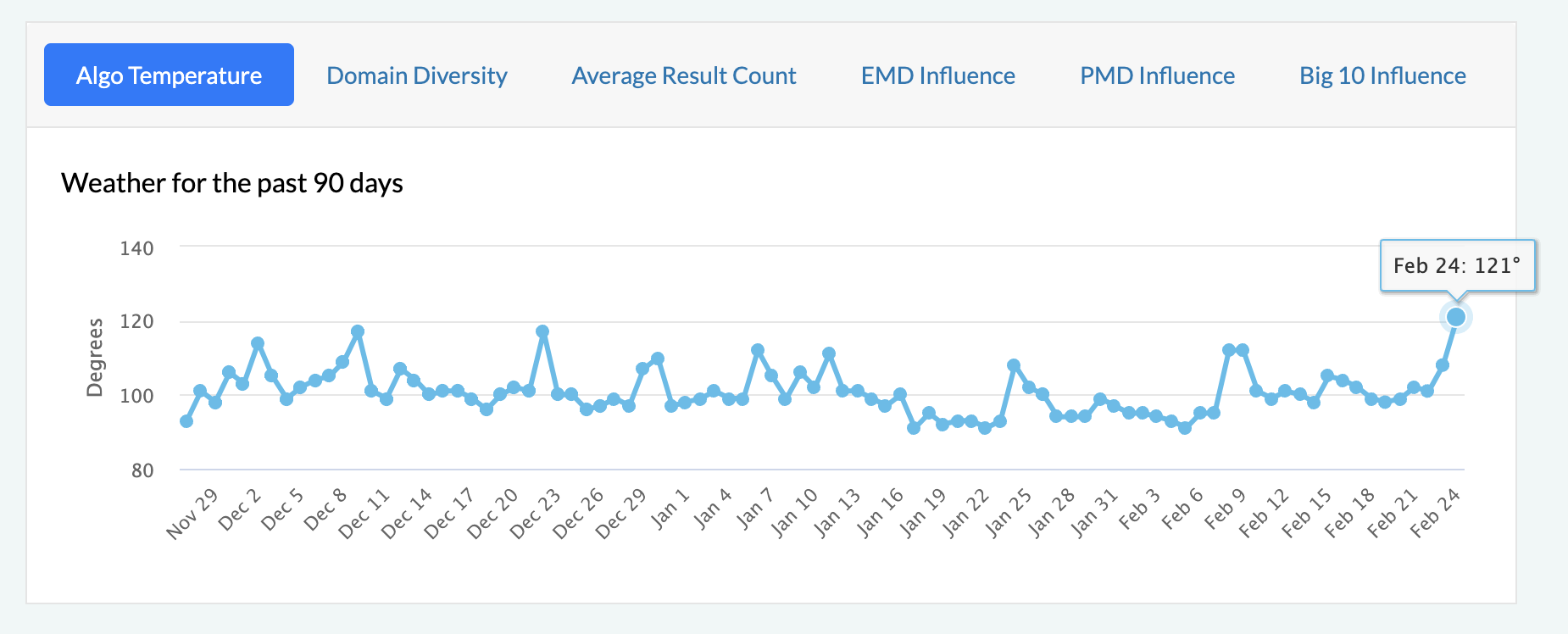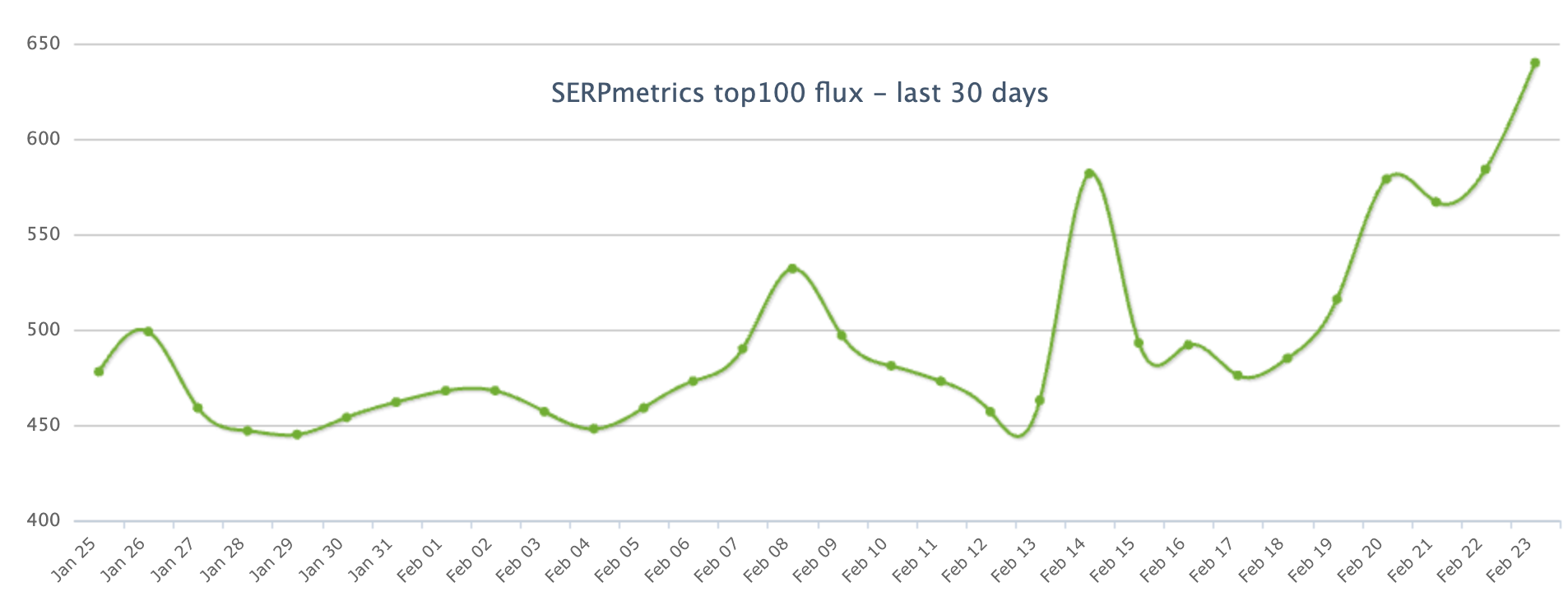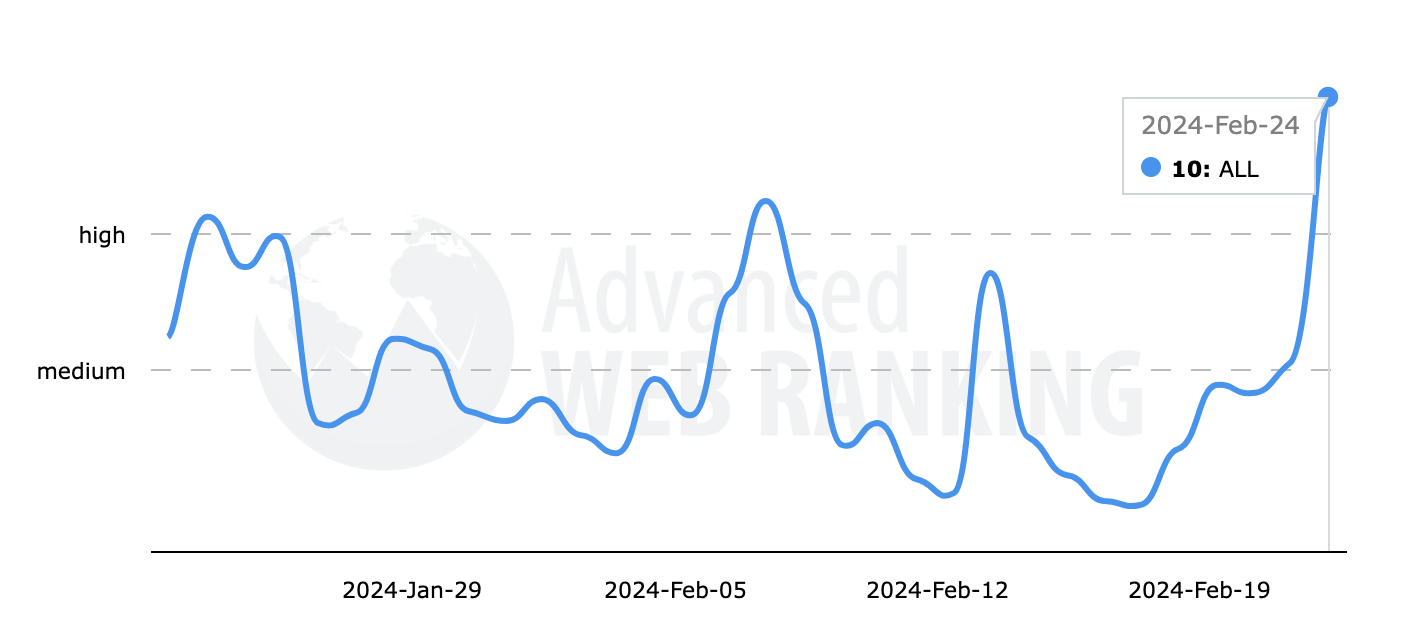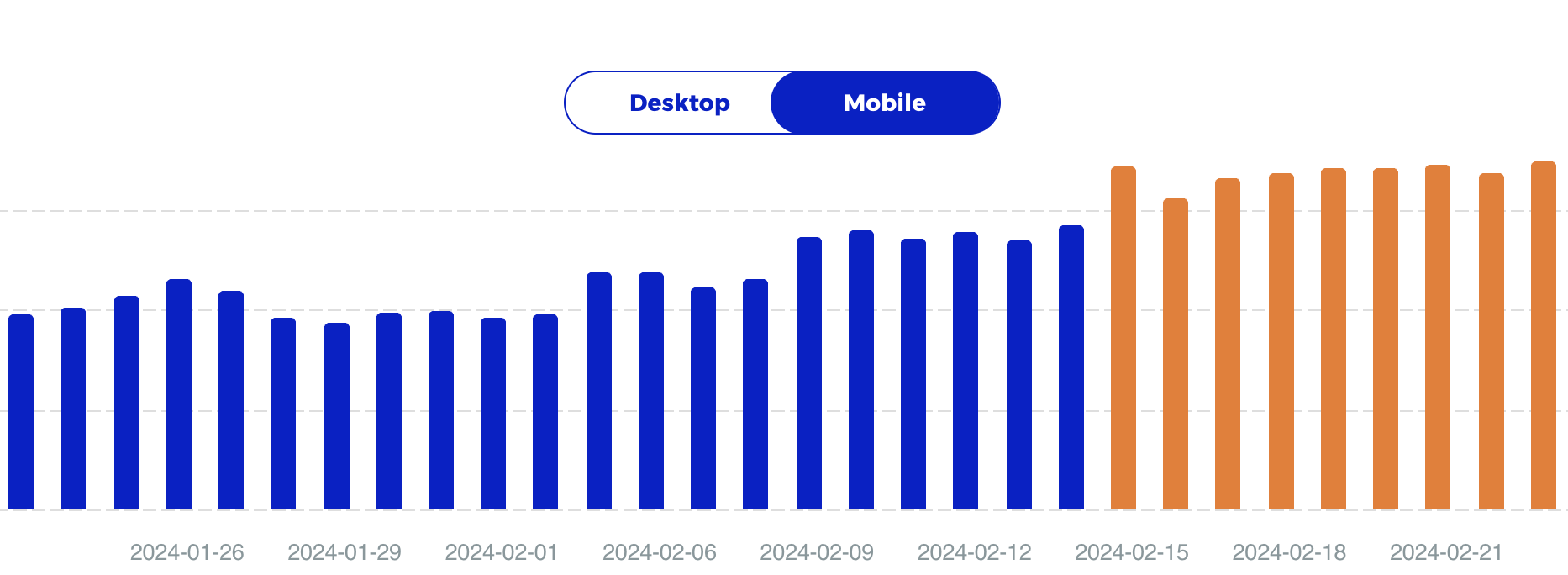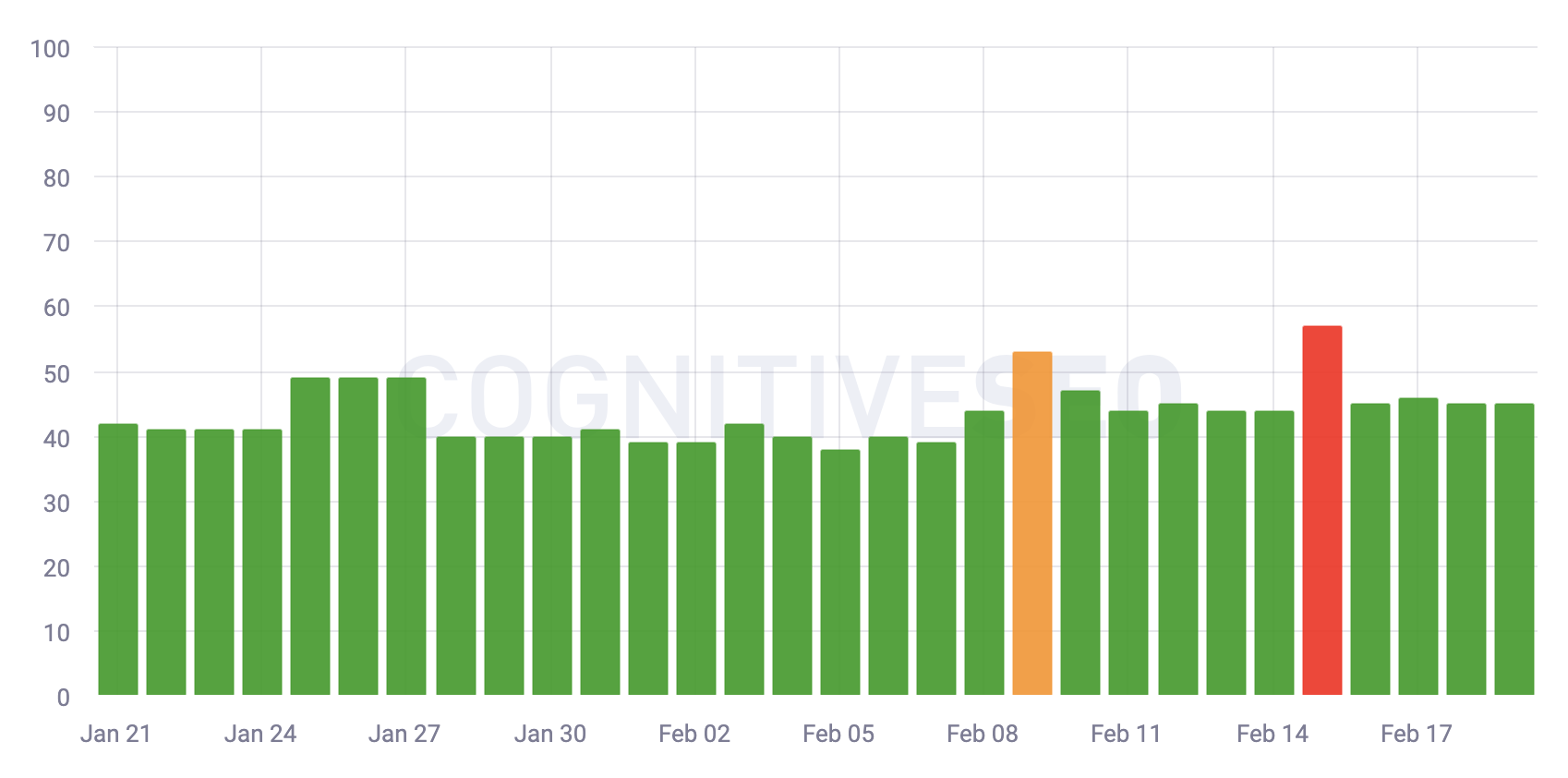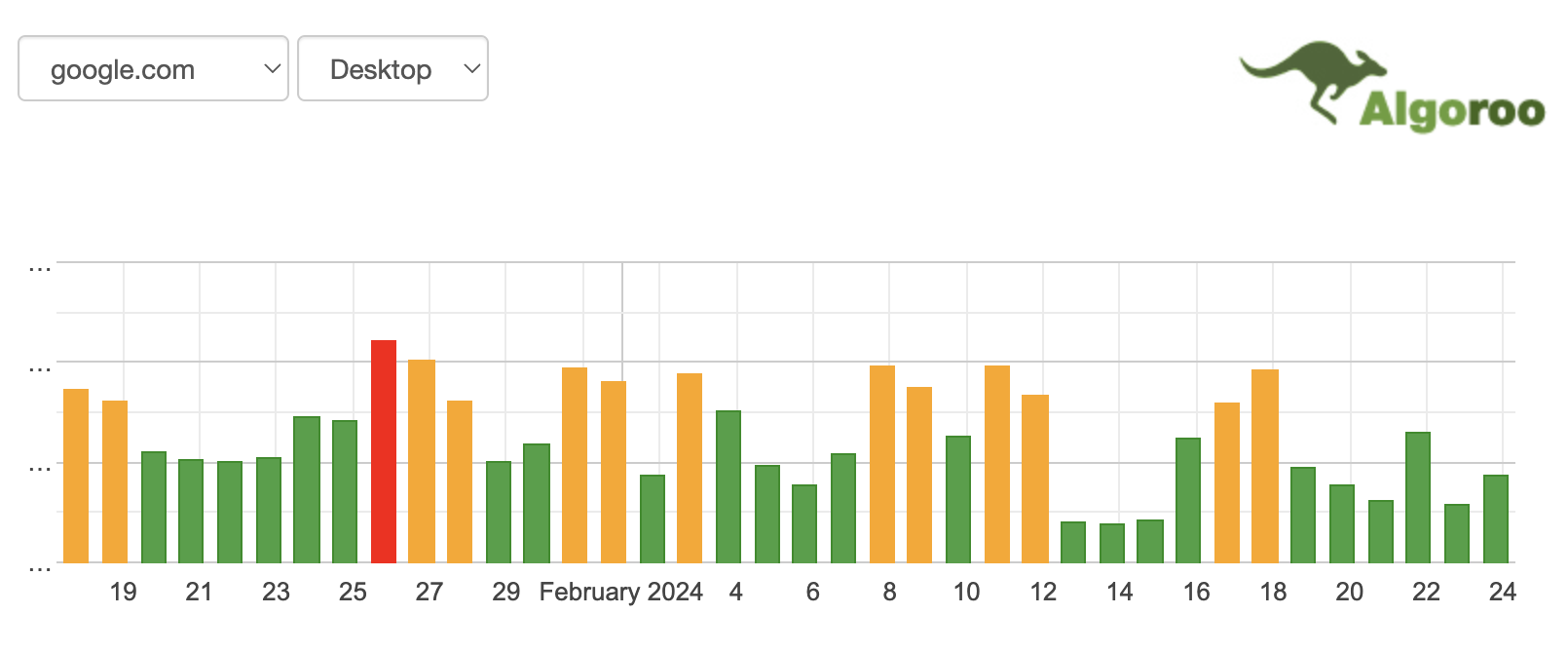OTHER
Is a MacBook a Good Laptop?
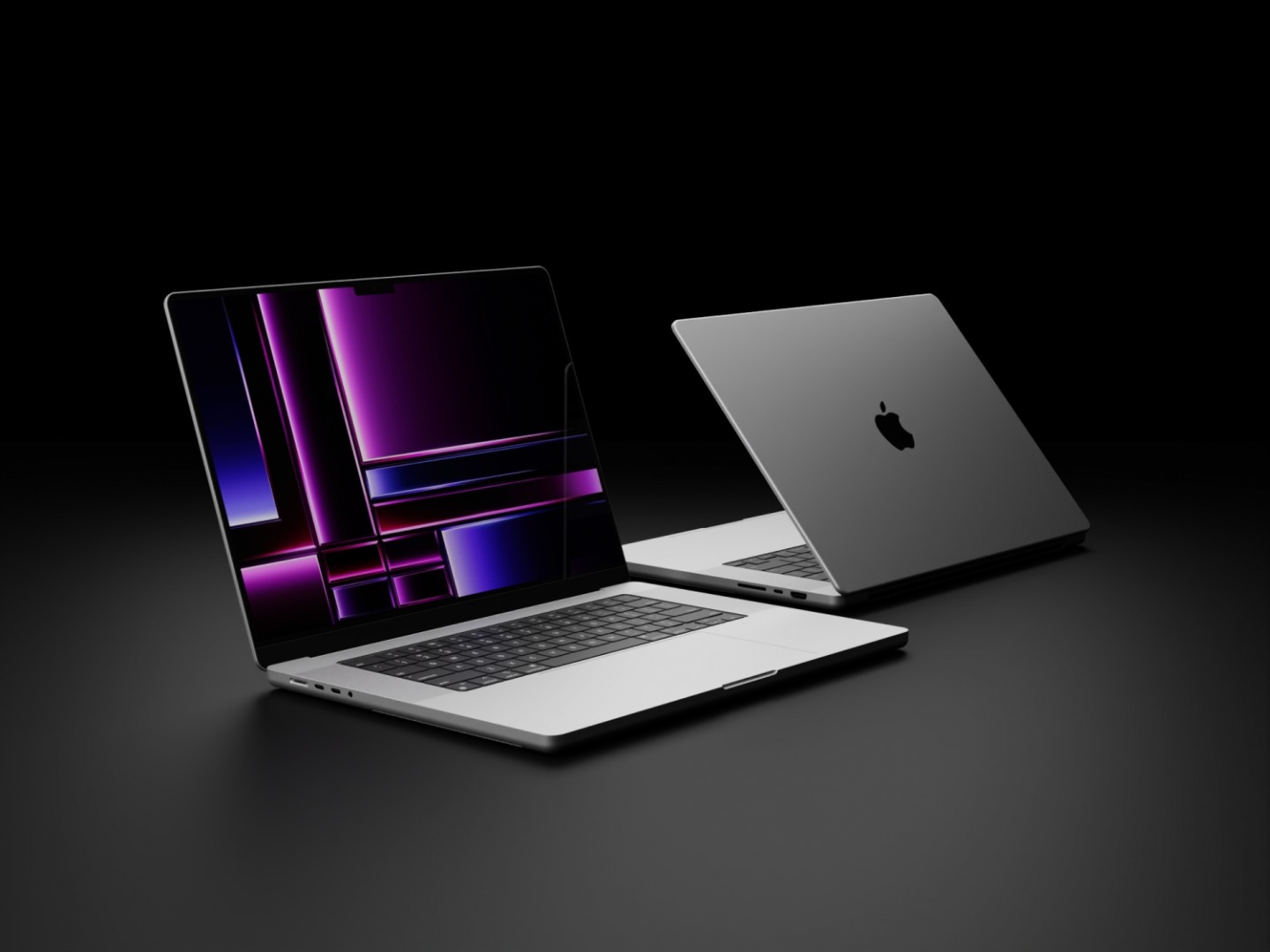
Apple’s Macbook is a good laptop known for its powerful performance, robust security features, high-resolution display and user-friendly interface.
It is renowned for its sleek design, powerful performance, and the coveted Apple ecosystem. The MacBook has earned its place as a status symbol among laptop users.
The premium price tag associated with MacBook devices is a factor that often weighs on prospective buyers. While MacBooks are undeniably an investment, several questions arise: Does the cost align with the overall value and performance they offer? Is a MacBook a Good Laptop? Understanding the pricing of each device and considering individual priorities can help users make an informed decision.
MacBooks are positioned in the higher price range of the laptop market, reflecting the premium build quality, innovative technology, and the overall Apple experience. For users seeking a reliable, high-performance laptop with a focus on design aesthetics, the price may be justified. Budget-conscious consumers may explore alternative options that offer a competitive feature set at a lower cost.
Who Invented the Macbook?
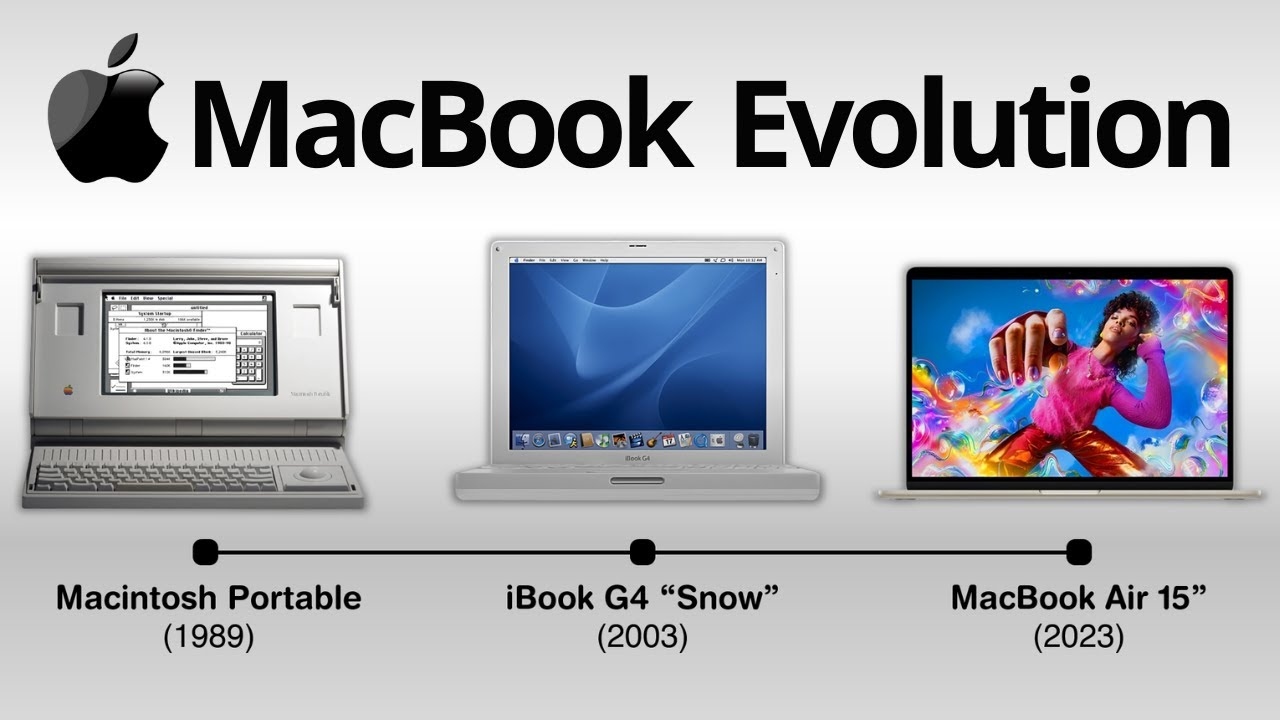
Steve Jobs unveiled the MacBook and MacBook Pro in 2006. Apple had made the decision to move towards using Intel CPUs in its computers. This change meant the discontinuation of the iBook and PowerBook ranges, which were replaced by these new MacBook and MacBook Pro series. The first MacBook was considered extremely similar in design to the “Aluminium PowerBook G4”, but just had an Intel CPU inside.
What Are the Different Types of Macbooks?

The current Apple laptop lineup includes 13.3-inch, 13.6-inch, and 15.3-inch MacBook Airs and two flavors of MacBook Pro: 14.2 inches, and 16.2 inches. The top options in the Air lineup feature the Apple M2 chipset, while the latest MacBook Pro 14 and 16 are powered by the Apple M3, M3 Pro, or M3 Max.
14 Reasons Why the MacBook is a Good Laptop
The MacBook stands out as a symbol of innovation, design excellence, and seamless integration within the Apple ecosystem. Its sleek profile, robust performance, and user-friendly interface contribute to its appeal among a broad spectrum of users, from creative professionals to business executives. However, considerations such as the exclusive use of USB-C ports, limited upgradeability, and the premium price tag may pose challenges for some users.
Ultimately, the decision to invest in a MacBook hinges on individual priorities, preferences, and budget constraints. For those who prioritize a seamless user experience, cutting-edge technology, and aesthetic elegance, the MacBook undeniably offers a compelling package. As technology continues to evolve, so too will the MacBook, maintaining its status as a frontrunner of laptops. Whether it’s the right choice for you depends on how well its strengths align with your unique needs and aspirations in the realm of computing. Here are several why the macbook is a good laptop.

1. Beautiful Design
Apple has long been associated with design excellence, and the MacBook is a testament to this commitment. With its slim profile, aluminum unibody construction, and minimalist aesthetics, the MacBook exudes an elegance that has become synonymous with the Apple brand. The attention to detail, from the backlit Apple logo to the precisely crafted keyboard, contributes to the MacBook’s overall allure.
2. Durable & Secure
The MacBook’s build quality is often touted as one of the best in the industry. The use of premium materials not only enhances its visual appeal but also ensures durability. The aluminum chassis provides a sturdy yet lightweight foundation, making it an ideal companion for professionals on the go. The MacBook’s robust build stands out as a key factor for those seeking a laptop that can withstand the rigors of daily use.
3. Ease of Performance
Under the hood, the MacBook packs a punch. Apple’s integration of custom-designed processors, such as the M3 chip, has elevated the performance standards for laptops. The seamless integration of hardware and software allows MacBooks to deliver impressive speeds and responsiveness, whether you’re engaging in resource-intensive tasks like video editing or simply multitasking between various applications.
4. Optimized Operating System
One of the MacBook’s defining features is its operating system, macOS. Known for its stability and efficiency, macOS is tailored to complement the hardware specifications of Apple devices. This optimization results in a smooth and responsive user experience. The MacBook’s ability to handle resource-heavy applications without compromising performance is a significant draw for creative professionals and power users.
5. Retina Display: A Visual Feast
The MacBook’s Retina display has become a benchmark for high-resolution screens in the laptop market. The vibrant colors, deep blacks, and sharp contrast contribute to an immersive viewing experience. Whether you’re editing photos, watching videos, or working on intricate design projects, the Retina display sets a standard that few competitors can match.
6. Color Accuracy and True Tone Technology
For users engaged in content creation, color accuracy is paramount. MacBooks, equipped with True Tone technology, adapt the display’s color temperature based on ambient lighting conditions. This feature ensures consistent and accurate colors, catering to the needs of photographers, graphic designers, and other creative professionals who rely on precise color representation.
7. Seamless Integration with Apple Devices
For individuals already invested in the Apple ecosystem, a MacBook offers unparalleled synergy with other Apple devices. The seamless integration between a MacBook, iPhone, iPad, and other Apple products creates a cohesive user experience. Features like Handoff, AirDrop, and Continuity Camera enhance productivity by allowing users to transition seamlessly between devices.
8. Cross-Device Compatibility
The ability to start an email on your iPhone and finish it on your MacBook exemplifies the convenience of Apple’s ecosystem. iCloud integration ensures that files are effortlessly shared across devices, providing a level of continuity that enhances the overall user experience. For those deeply embedded in the Apple ecosystem, the MacBook becomes not just a laptop but a central hub for their digital life.
9. User-Friendly Interface
One of the MacBook’s strengths lies in its user-friendly interface. macOS is lauded for its intuitive design, making it accessible to users of varying technical expertise. The minimalist approach to system settings and the straightforward organization of applications contribute to a smooth learning curve for those new to the Apple ecosystem.
10. Gesture Controls and Trackpad Precision
The MacBook’s trackpad is celebrated for its precision and responsiveness. Multi-touch gestures, such as pinch-to-zoom and three-finger swipes, provide an intuitive means of interacting with the operating system and applications. The integration of Force Touch technology adds an additional layer of functionality, allowing users to engage with their MacBook in a more nuanced way.
11. Good Battery Life: Endurance for the Long Haul
MacBooks are renowned for their impressive battery life, a crucial factor for users who rely on their laptops for extended periods. The efficiency of Apple’s custom-designed chips, coupled with macOS optimizations, contributes to a longer battery lifespan. Whether you’re working on a lengthy project or binge-watching your favorite series, the MacBook’s endurance is a notable asset.
12. Optimized Power Management
Apple’s commitment to power efficiency extends to the MacBook’s optimized power management. The ability to enter and exit low-power states seamlessly ensures that energy is conserved when the laptop is not in active use. This feature is especially valuable for users who prioritize sustainability and energy efficiency.
13. Connectivity and Ports: The USB-C Conundrum
While the MacBook’s design is undeniably sleek, its commitment to minimalism comes with a trade-off – the reliance on USB-C ports. The move towards USB-C exclusivity has drawn both praise and criticism. On one hand, USB-C offers versatile connectivity and facilitates a thinner design. On the other hand, users may find themselves in need of dongles or adapters to connect legacy devices.
The transition to USB-C reflects a broader industry shift towards a universal standard for connectivity. While the move may inconvenience users with existing peripherals, it aligns with the direction of future technology. The MacBook’s commitment to USB-C is a testament to Apple’s forward-looking approach, although it may require some adjustment for users accustomed to a more diverse range of ports.
14. Numerous Storage Options
When it comes to storage, MacBooks offer a range of configurations, from solid-state drives (SSDs) to larger capacities. However, one aspect that has drawn criticism is the limited upgradeability. Many MacBook models feature soldered components, making it challenging for users to upgrade RAM or replace certain internal components independently.
Choosing the right storage configuration is crucial, as upgrading later may not be a straightforward option. Users must carefully assess their current and future storage needs when purchasing a MacBook. While the lack of upgradeability may be a drawback for some, the inclusion of high-speed SSDs in MacBook models contributes to faster data access and improved overall performance.
OTHER
Why Malia Obama Received Major Criticism Over A Secret Facebook Page Dissing Trump

Given the divisive nature of both the Obama and Trump administrations, it’s unsurprising that reactions to Malia Obama’s alleged secret Facebook account would be emotional. Many online users were quick to jump to former President Donald Trump’s defense, with one user writing: “Dear Malia: Do you really think that anyone cares whether you and/or your family likes your father’s successor? We’re all trying to forget you and your family.”
Others pointed out the double standard held by those who condemn Trump for hateful rhetoric but praise people like Malia who speak out against her father’s successor in what they believe to be hateful rhetoric. Some users seemed bent on criticizing Malia simply because they don’t like her or her father, proving that the eldest Obama daughter couldn’t win for losing regarding the public’s perception of her or her online presence.
The secret Facebook situation is not all that dissimilar to critics who went after Malia for her professional name at the 2024 Sundance Film Festival. In this instance, people ironically accused Malia of using her family’s name to get into the competitive festival while also condemning her for opting not to use her surname, going by Malia Ann instead.
OTHER
Best Practices for Data Center Decommissioning and IT Asset Disposition

Data center decommissioning is a complicated process that requires careful planning and experienced professionals.
If you’re considering shutting down or moving your data center, here are some best practices to keep in mind:
Decommissioning a Data Center is More than Just Taking Down Physical Equipment

Decommissioning a data center is more than just taking down physical equipment. It involves properly disposing of data center assets, including servers and other IT assets that can contain sensitive information. The process also requires a team with the right skills and experience to ensure that all data has been properly wiped from storage media before they’re disposed of.
Data Centers Can be Decommissioned in Phases, Which Allows For More Flexibility
When you begin your data center decommissioning process, it’s important to understand that it’s not an event. Instead, it’s a process that takes place over time and in phases. This flexibility allows you to adapt as circumstances change and make adjustments based on your unique situation. For example:
-
You may start by shutting down parts of the facility (or all) while keeping others running until they are no longer needed or cost-effective to keep running.
-
When you’re ready for full shutdown, there could be some equipment still in use at other locations within the company (such as remote offices). These can be moved back into storage until needed again.
Data Center Decommissioning is Subject to Compliance Guidelines
Data center decommissioning is subject to compliance guidelines. Compliance guidelines may change, but they are always in place to ensure that your organization is following industry standards and best practices.
-
Local, state and federal regulations: You should check local ordinances regarding the disposal of any hazardous materials that were used in your data center (such as lead-based paint), as well as any other applicable laws related to environmental impact or safety issues. If you’re unsure about how these might affect your plans for a decommissioned facility, consult an attorney who specializes in this area of law before proceeding with any activities related to IT asset disposition or building demolition.
-
Industry standards: There are many industry associations dedicated specifically toward helping businesses stay compliant with legal requirements when moving forward with projects such as data center decommissioning.
-
Internal policies & procedures: Make sure everyone on staff understands how important it is not just from a regulatory standpoint but also from an ethical one; nobody wants their name associated with anything inappropriate!
Companies Should Consider Safety and Security During the Decommissioning Process
Data center decommissioning is a complex process that involves several steps. Companies need to consider the risks associated with each step of the process, and they should have a plan in place to mitigate these risks. The first step of data center decommissioning is identifying all assets and determining which ones will be reused or repurposed. At this point, you should also determine how long it will take for each asset to be repurposed or recycled so that you can estimate how much money it will cost for this part of your project (this can be done through an estimate based on previous experience).
The second step involves removing any hazardous materials from electronic equipment before it’s sent off site for recycling; this includes chemicals used in manufacturing processes like lead-free solder paste adhesives used on circuit boards made from tin-based alloys containing up 80% pure tin ingots stamped out into flat sheets called “pucks”. Once these chemicals have been removed from whatever device needs them taken off their surfaces then those devices can safely go through any other necessary processes such as grinding away excess plastic housing material using high pressure water jets until only its bare frame remains intact without any cracks where moisture might collect inside later causing corrosion damage over time due too much moisture exposure.
With Proper Planning and an Effective Team, You’ll Help Protect Your Company’s Future
Data center decommissioning is a complex process that should be handled by a team of experts with extensive experience in the field. With proper planning, you can ensure a smooth transition from your current data center environment to the next one.
The first step toward a successful data center decommissioning project is to create a plan for removing hardware and software assets from the building, as well as documenting how these assets were originally installed in the facility. This will allow you or another team member who may inherit some of these assets later on down the line to easily find out where they need to go when it’s time for them to be moved again (or disposed).
Use Professional Data Center Decommissioning Companies
In order to ensure that you get the most out of your data center decommissioning project, it’s important to use a professional data center decommissioning company. A professional data center decommissioning company has experience with IT asset disposition and can help you avoid mistakes in the process. They also have the tools and expertise needed to efficiently perform all aspects of your project, from pre-planning through finalizing documentation.
Proper Planning Will Help Minimize the Risks of Data Center Decommissioning

Proper planning is the key to success when it comes to the data center decommissioning process. It’s important that you don’t wait until the last minute and rush through this process, as it can lead to mistakes and wasted time. Proper planning will help minimize any risks associated with shutting down or moving a data center, keeping your company safe from harm and ensuring that all necessary steps are taken before shutdown takes place.
To Sum Up
The key to a successful ITAD program is planning ahead. The best way to avoid unexpected costs and delays is to plan your ITAD project carefully before you start. The best practices described in this article will help you understand what it takes to decommission an entire data center or other large facility, as well as how to dispose of their assets in an environmentally responsible manner.
OTHER
Massive Volatility Reported – Google Search Ranking Algorithm Update

I am seeing some massive volatility being reported today after seeing a spike in chatter within the SEO community on Friday. I have not seen the third-party Google tracking tools show this much volatility in a long time. I will say the tracking tools are way more heated than the chatter I am seeing, so something might be off here.
Again, I saw some initial chatter from within the SEO forums and on this site starting on Friday. I decided not to cover it on Friday because the chatter was not at the levels that would warrant me posting something. Plus, while some of the tools started to show a lift in volatility, most of the tools did not yet.
To be clear, Google has not confirmed any update is officially going on.
Well, that changed today, and the tools are all superheated today.
Google Tracking Tools:
Let’s start with what the tools are showing:
So most of these tools are incredibly heated, signaling that they are showing massive changes in the search result positions in the past couple of days.
SEO Chatter
Here is some of the chatter from various comments on this site and on WebmasterWorld since Friday:
Speaking of, is anyone seeing some major shuffling going on in the SERPs today? It’s a Friday so of course Google is playing around again.
Something is going on.
Pages are still randomly dropping out of the index for 8-36h at a time. Extremely annoying.
Speaking of, is anyone seeing some major shuffling going on in the SERPs today? It’s a Friday so of course Google is playing around again
In SerpRobot I’m seeing a steady increase in positions in February, for UK desktop and mobile, reaching almost the ranks from the end of Sep 2023. Ahrefs shows a slight increase in overall keywords and ranks.
In the real world, nothing seems to happen.
yep, traffic has nearly come to a stop. But exactly the same situation happened to us last Friday as well.
USA traffic continues to be whacked…starting -70% today.
In my case, US traffic is almost zero (15 % from 80%) and the rest is kind of the same I guess. Traffic has dropped from 4K a day to barely scrapping 1K now. But a lot is just bots since payment-wise, the real traffic seems to be about 400-500. And … that’s how a 90% reduction looks like.
Something is happening now. Google algo is going crazy again. Is anyone else noticing?
Since every Saturday at 12 noon the Google traffic completely disappears until Sunday, everything looks normal to me.
This update looks like a weird one and no, Google has not confirmed any update is going on.
What are you all noticing?
Forum discussion at WebmasterWorld.
-

 SEO7 days ago
SEO7 days agoGoogle’s Revamped Documentation Shows 4 Reasons To Refresh Content
-
SEARCHENGINES5 days ago
Daily Search Forum Recap: August 26, 2024
-

 SEARCHENGINES7 days ago
SEARCHENGINES7 days agoGoogle Ranking Bug Fixed, August Core Update Swings, AI Overviews, Google Ads Bug & More
-
SEARCHENGINES4 days ago
Daily Search Forum Recap: August 27, 2024
-

 WORDPRESS7 days ago
WORDPRESS7 days agoHow to Secure Your WordPress Store
-

 AFFILIATE MARKETING7 days ago
AFFILIATE MARKETING7 days agoBusiness Owners are Batting 1,000 With This All-in-One Management Hub
-

 SEARCHENGINES6 days ago
SEARCHENGINES6 days agoGoogle Migrating All To Google Merchant Center Next By September
-

 WORDPRESS5 days ago
WORDPRESS5 days ago10 Best StudioPress Alternatives (Genesis Framework)











